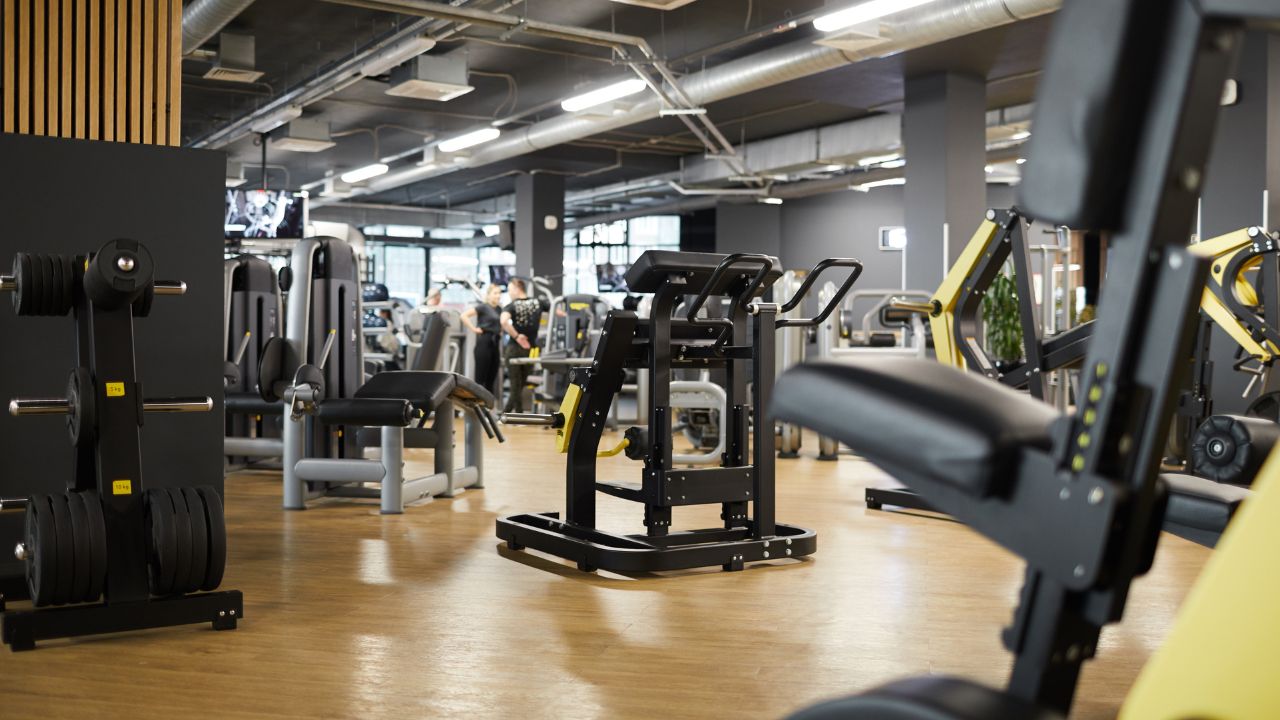Commercial fitness equipment is one of the fundamentals of any successfully functioning gym. However, these machines are a balancing act of durability, performance, and membership satisfaction beyond the initial price-weighed considerations. With growing consumer expectations for fitness facilities, selecting professional-grade equipment is key to sustaining competitive advantage and long-term business sustainability.
Ready to explore why investing in the best commercial fitness equipment is always worth it? Let’s dive in.
Why Is It Worth Investing In Commercial Fitness Equipment?
Immediate Benefits
When investing in commercial fitness equipment, the upfront value becomes immediately apparent through its superior build quality and durability. These machines are engineered with higher weight capacity and comprehensive safety features that inspire confidence in users. Extended warranty coverage provides peace of mind, while the enhanced user experience and professional appearance establish credibility that sets your facility apart from competitors.
Long-term Advantages
The true value of commercial fitness equipment reveals itself over time. With reduced replacement frequency and lower maintenance costs, these machines prove to be cost-effective investments. Higher member satisfaction leads to improved retention rates, while decreased liability risks protect your business interests. Perhaps most importantly, quality equipment contributes significantly to building and maintaining an enhanced business reputation in the competitive fitness market.
Breaking Down the Investment
While commercial equipment typically commands a price point 2-3 times higher than residential versions, this differential reflects substantial value.
Industrial-grade components and heavy-duty construction ensure longevity under intensive use. The multiple-user design and extended operational hours capability justify the premium, while comprehensive commercial warranty coverage protects your investment for years to come.
Return on Investment Factors
The ROI calculation for commercial fitness equipment extends well beyond the initial purchase price. With a typical lifespan of 7-10 years compared to residential equipment's 2-3 years and the ability to handle 12+ hours of daily operation, the long-term value becomes clear. High user volume capacity, reduced maintenance requirements, and positive impact on member satisfaction further strengthen the investment case.
Risk Mitigation
Commercial-grade equipment serves as a crucial risk management tool for fitness facilities. By meeting rigorous safety standards and regulations, these machines provide proper insurance coverage and significantly reduce injury risks. Their consistent performance under high-volume usage protects both users and business interests, making them an essential component of risk management strategy.
Business Impact
Quality commercial equipment directly influences business success through multiple channels. Higher membership retention rates and increased client satisfaction drive revenue growth, while better workout results keep members engaged and committed. Reduced downtime ensures continuous service delivery, and the enhanced marketing appeal helps attract new members, creating a positive cycle of business growth.
Making The Right Choice- Some Factors To Keep In Mind
Commercial equipment investment should be in line with the business model you chose, who the target market is, and your long-term goals. Consider factors such as:
- Projected usage patterns
- Space constraints
- Available maintenance resources
- Work with reputable suppliers
Final Perspective
While the investment in commercial fitness equipment represents a significant upfront cost, its value proposition becomes apparent when considering the long-term benefits. The combination of durability, safety, user satisfaction, and reduced total ownership cost makes it a worthwhile investment for serious fitness businesses. Remember, your equipment forms the backbone of your fitness facility – investing in quality at the outset often proves to be the most cost-effective strategy in the long run.


